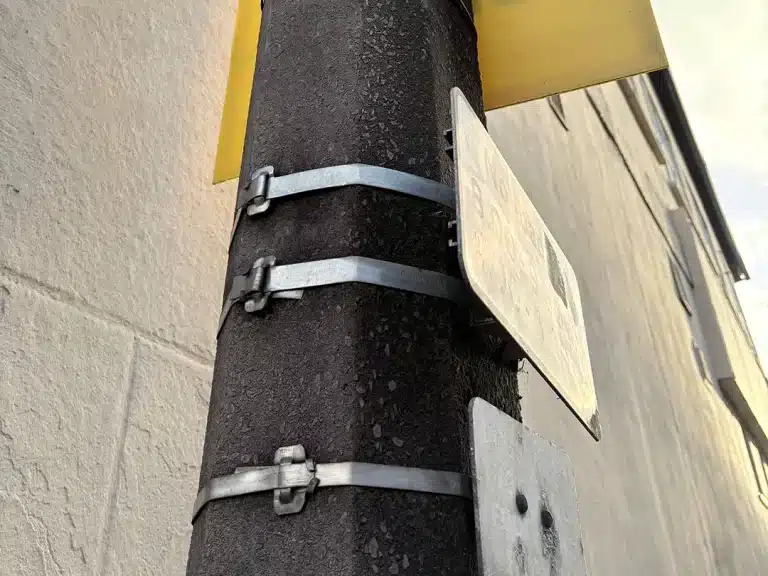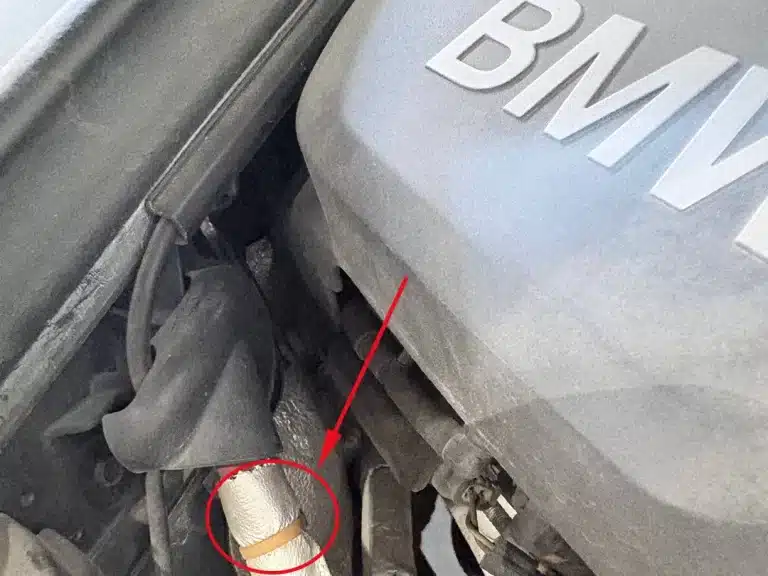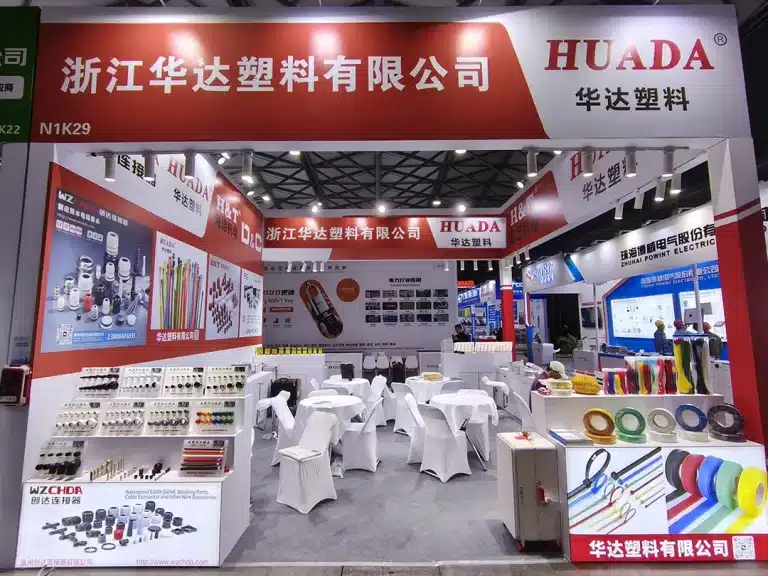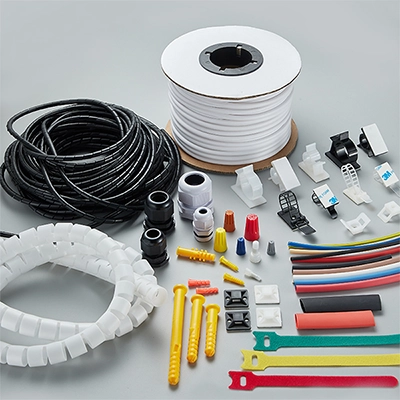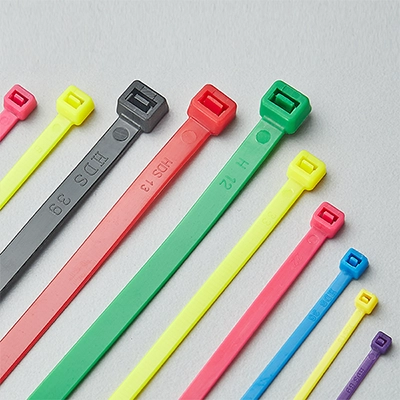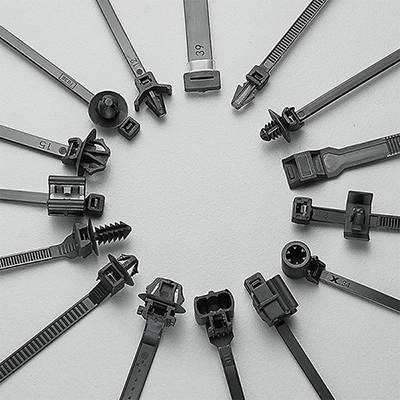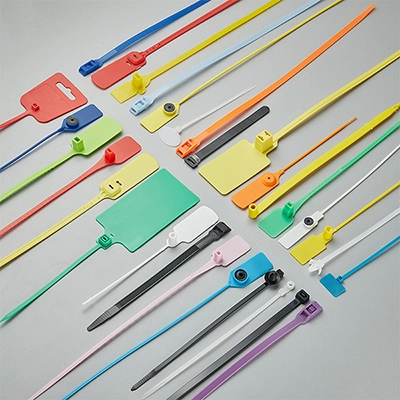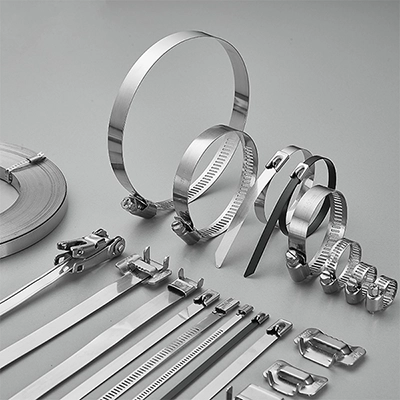Garden cable ties are nylon cable ties used in gardening. Recently, during a business trip to Malaysia, we noticed nylon cable ties are being used among the roadside plants. Today, we’ll dive into how these cable ties are applied to plants and why they’ve become popular for gardeners.
The Use of Garden Cable Ties
In tropical regions like Malaysia, cable ties are highly valued for their durability, weather resistance, and ease of use. These qualities make them an essential tool in gardening and landscaping. So, what specific roles do they play in these fields? Let’s explore their various applications and advantages in detail.
1. Supporting Plant Growth
We all know that cable ties are commonly used to bundle wires and secure tools, especially in the electronics industry. However, they are also widely applied in gardening to tie and support plants. They help guide plants as they grow, in case some of them even collapse under their weight.
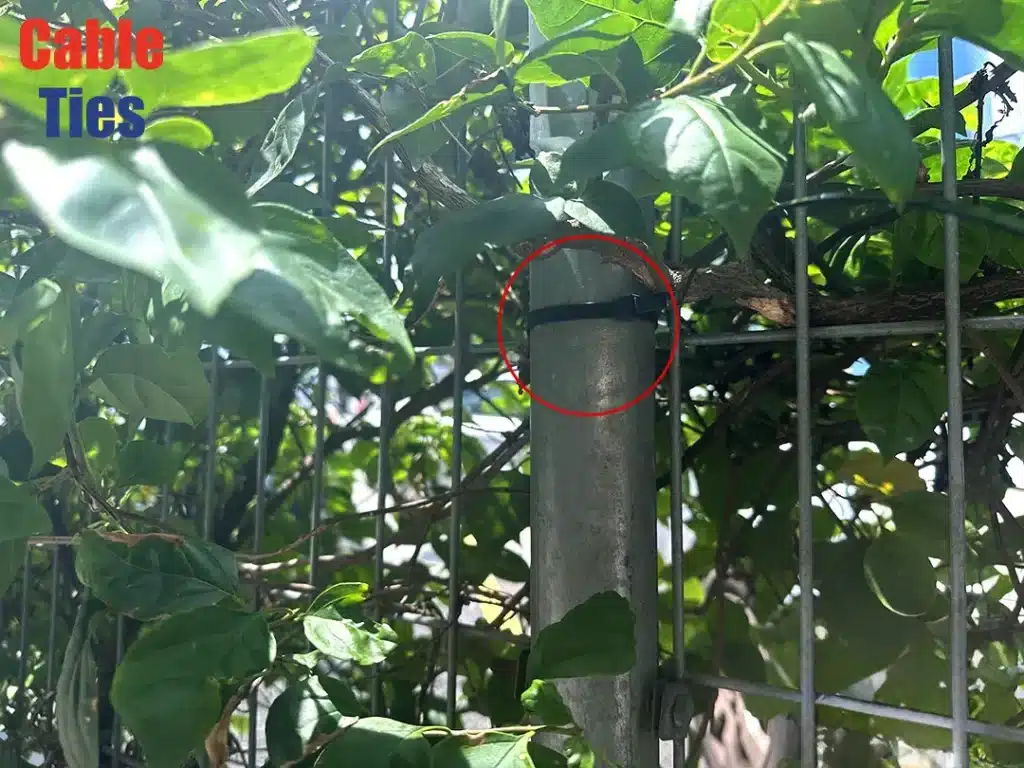
As seen in the photos we took, the nylon cable tie is used to support the plants by securing them to stainless steel poles. They provide stable support, are lightweight, and don’t add extra strain to the plant. The smooth edges of the ties also ensure they won’t cut or damage the plants. Garden cable ties typically come in green or dark brown, allowing them to blend seamlessly with the surrounding foliage.
2. Plant Protection
A cable tie is also used to protect young or delicate plants by securing coverings or guards around their stems. For example, if you have a young tree, you might wrap it with mesh or plastic to prevent animals or pests from damaging it. The cable tie makes it easy to keep these coverings securely in place, without worrying about them slipping off or harming the plant. Because they’re weather-resistant, even through rain, wind, and heat, making them ideal for year-round use.
3. Grafting Assistance
When it comes to grafting plants, a garden cable tie is useful. It could hold grafts together while they heal. Cable ties gently secure these grafts without cutting into the plant or restricting its growth. About a month later, you can carefully untie or cut the ties, once the graft has successfully taken.
For grafting, we suggest using reusable zip ties. These can be easily adjusted or removed once the graft has fused, and you can reuse them next time.
Why Choose Cable Ties in Gardening
Why are cable ties widely used in the gardening industry, as opposed to other materials like ropes or metal ties? Here are some practical reasons:
1. Good Weather Resistance
Garden cable tie offers decent weather resistance, which allows them to perform well in a variety of climates. Whether in humid, tropical environments or drier, colder regions, these ties can withstand sun and wind exposure for long periods without quickly degrading or becoming brittle.
2. Cost-Effective Solution
Garden cable ties are not only effective but also economical, compared to metal zip ties, for example.
3. Gentle on Plants
The soft and flexible material of nylon cable ties makes them less likely to damage plant stems compared to metal wires. They can hold plants securely while reducing the risk of cutting or harming the delicate parts of the plant.
4. Environmentally Friendly
While nylon cable ties are made from plastic, many of them can be recycled. Using recyclable ties helps reduce waste in gardening projects and contributes to more eco-conscious practices.
Conclusion
Cable ties offer practical advantages in gardening. They provide good support and durability while being affordable and gentle on plants. Their overall performance makes them a useful tool for gardening.
